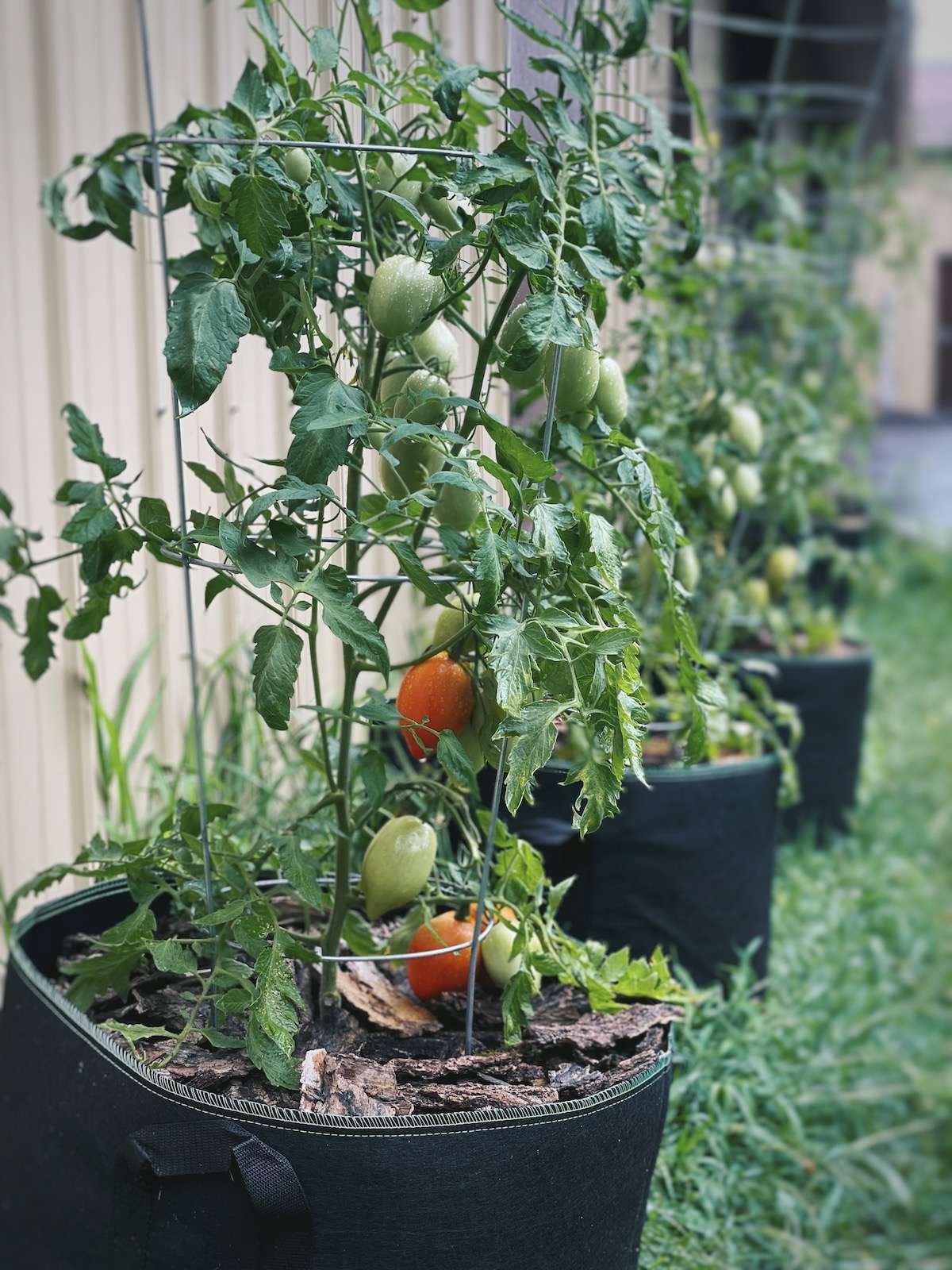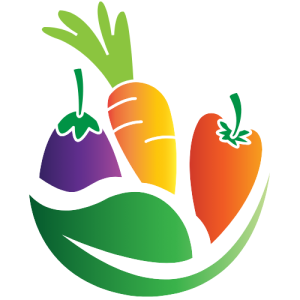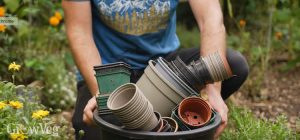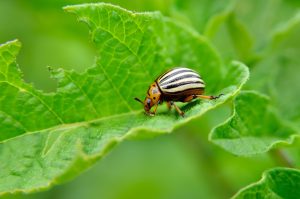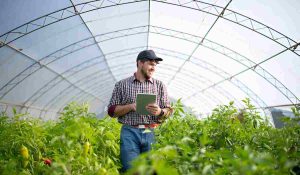For growing tomatoes, a 10 to 15-gallon grow bag is ideal. This size provides ample space for root development.
Tomato plants require a substantial amount of space for their roots to grow and thrive. Grow bags offer excellent aeration and drainage, which are crucial for healthy tomato plants. The 10 to 15-gallon size ensures that the plants have enough room to expand their root systems.
This size also helps in retaining sufficient moisture and nutrients. Grow bags are versatile and can be easily moved or adjusted as needed. Choosing the right size grow bag is essential for maximizing tomato yield and ensuring robust plant health. Make sure the grow bag is made of durable, breathable material for best results.
Choosing The Right Grow Bag
Grow bags can be made from many materials. Fabric grow bags are very popular. They allow air to reach the roots. Plastic grow bags are another option. These are more durable but may not allow as much air to the roots.
Biodegradable grow bags are eco-friendly. They break down over time and add nutrients to the soil. Choose the material that suits your garden best.
Grow bags help improve root health. They stop roots from circling and getting tangled. They are also portable. You can move them to get more sun. Grow bags also drain well. This helps prevent overwatering. They are perfect for small spaces. You can use them on balconies and patios.

Credit: meadowlarkjournal.com
Ideal Size For Tomato Plants
Determinate tomatoes grow to a set height. They need less root space. A 5-gallon grow bag works well for them. Indeterminate tomatoes keep growing taller. They need more room for roots. A 10-gallon grow bag is better for them.
Tomato plants need deep root space. Proper root space helps them grow strong. Shallow roots can limit growth. Bigger grow bags give roots more room. Choose the right size to ensure healthy plants.
Grow Bags For Planting
Choose a high-quality soil mix for your grow bags. The mix should be light and well-draining. Add organic fertilizers to enrich the soil. Compost and worm castings work well. Mix them thoroughly into the soil. This helps provide the nutrients tomatoes need.
Ensure your grow bags have adequate drainage holes. This prevents waterlogging and root rot. Place the bags on a surface that allows water to escape. Check the drainage regularly. Good drainage keeps the roots healthy. Healthy roots help tomatoes grow strong.
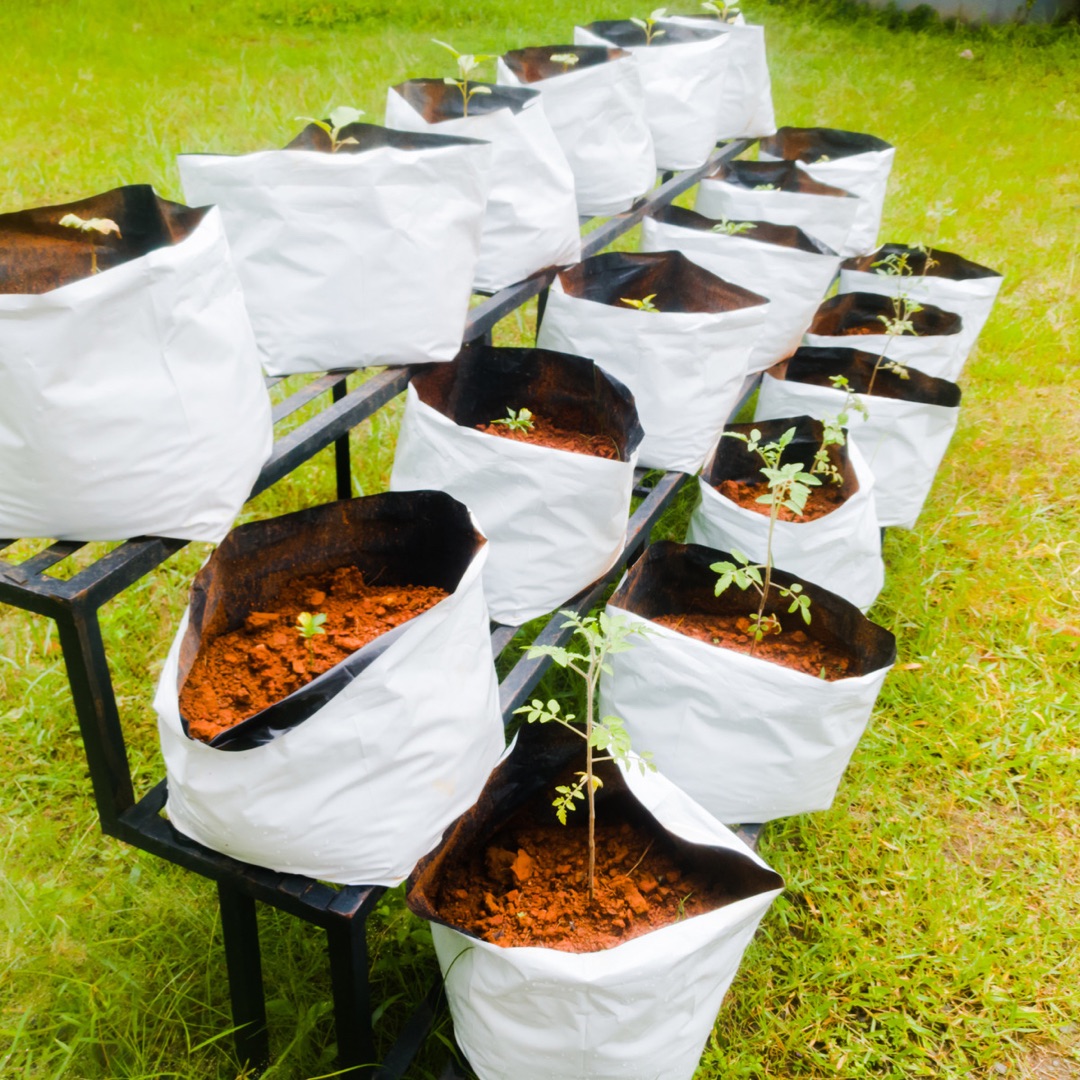
Credit: farmtojar.com
Planting Tomato Seedlings
Tomato plants need enough space to grow. Each plant should be 18 to 24 inches apart. This helps roots to spread and get nutrients. Crowded plants may not grow well.
Tomato seedlings should be planted deep. Bury two-thirds of the plant in the soil. This helps the plant grow strong roots. Strong roots make the plant healthy.
Watering And Maintenance
Tomatoes need consistent watering. Water them deeply at least twice a week. Check the soil moisture regularly. Keep the soil moist but not waterlogged. Morning watering is best. This helps prevent diseases.
Prune your tomato plants to promote healthy growth. Remove suckers that grow between the main stem and branches. Use stakes or cages to support the plants. This helps keep the fruit off the ground. Proper support prevents breaking of branches.

Credit: meadowlarkjournal.com
Pest And Disease Management
Tomato plants often face pests like aphids, whiteflies, and spider mites. Aphids are tiny and green, sucking sap from leaves. Whiteflies are small, white insects that also suck sap.
Spider mites cause yellow spots on leaves. Handpicking pests can help. Using insecticidal soap is effective too. Planting marigolds nearby can repel pests. Monitor plants regularly for any signs.
Tomato plants can suffer from diseases like blight and root rot. Blight causes black spots on leaves. Root rot affects the roots and makes the plant wilt. Use well-draining soil to prevent root rot.
Rotate crops to avoid diseases building up in the soil. Water plants at the base to keep leaves dry. Remove infected leaves immediately. Use disease-resistant varieties for better results.
Maximizing Yield
Tomato plants need the right nutrition to grow well. Use a good quality fertilizer. Make sure the soil has enough nutrients. Too much or too little can hurt the plants. Water the plants well, but not too much. Keep the soil moist but not soggy. This helps the roots get the food they need.
Tomato plants love sunlight. They need at least 6 hours of direct sun every day. Make sure they are in a place with lots of light. Temperature is also important. Tomatoes grow best in warm weather. The ideal temperature is between 70°F and 85°F. Protect the plants from frost and cold.
Harvesting Tips
Tomatoes are ready to pick when they are bright and firm. They should feel slightly soft when you squeeze them. The color depends on the variety. Red tomatoes should be fully red. Yellow tomatoes should be fully yellow. Harvest your tomatoes in the morning for the best taste. Always use clean hands or scissors.
After picking, place tomatoes in a cool place. Keep them away from direct sunlight. Store them at room temperature. Do not refrigerate as it can change the taste. Check daily for any signs of spoilage. Use spoiled tomatoes first in cooking or compost them. Clean your storage area regularly to prevent mold.
Frequently Asked Questions
What Size Grow Bag Is Best For Tomatoes?
A 10 to 15-gallon grow bag is ideal for tomatoes. It provides ample space for root growth and nutrient absorption.
Can I Use A 5-gallon Grow Bag For Tomatoes?
While possible, a 5-gallon grow bag may limit growth. Larger bags offer better root space and support.
How Many Tomato Plants Per Grow Bag?
One tomato plant per grow bag is recommended. This ensures each plant gets enough nutrients and space.
Why Choose Fabric Grow Bags For Tomatoes?
Fabric grow bags offer excellent aeration and drainage. They prevent root circling and promote healthier root systems.
Conclusion
Choosing the right size grow bag for your tomatoes ensures healthy growth and abundant yields. Opt for 10 to 20-gallon bags to provide ample space for roots. Remember to monitor soil moisture and nutrients regularly. This simple step can make a significant difference in your gardening success.
Happy planting!

